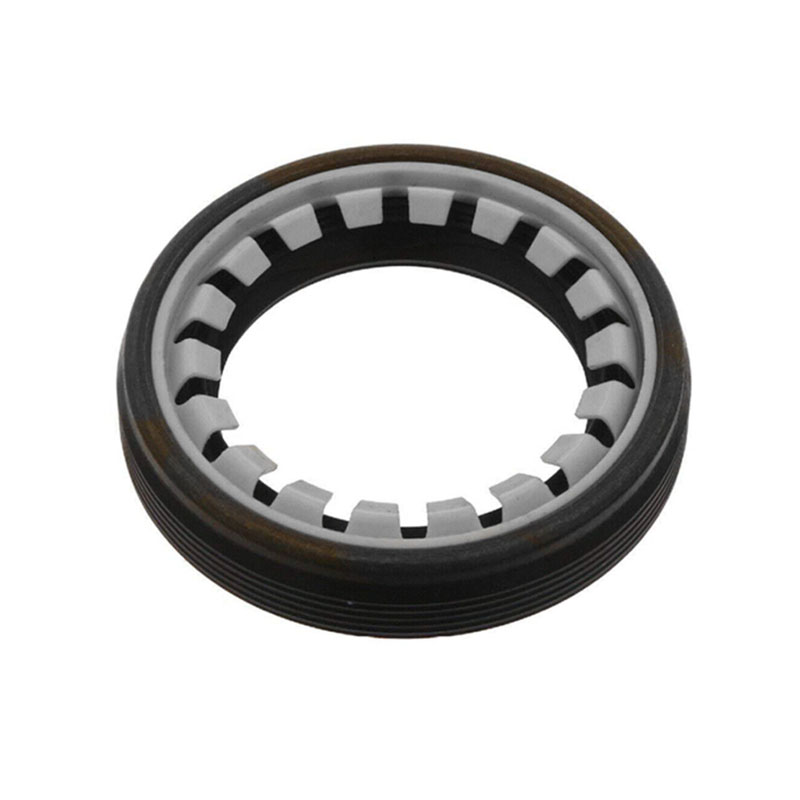high pressure seal
Understanding High Pressure Seals Importance, Types, and Applications
In various industries, the integrity and reliability of mechanical systems are paramount, especially when dealing with high-pressure environments. High pressure seals play a crucial role in maintaining the functionality of these systems. These seals are designed to prevent the leakage of fluids, gases, or contaminants, ensuring operational efficiency and safety.
What Are High Pressure Seals?
High pressure seals are specially engineered components that are used to close gaps between two mating surfaces, preventing the escape or entry of fluid or gas. They are essential in applications where pressure levels exceed normal conditions, such as in hydraulic systems, pneumatic systems, pumps, compressors, and engines. The effectiveness of a seal under high-pressure conditions is determined by its design, material properties, and the forces acting upon it.
Importance of High Pressure Seals
The importance of high pressure seals cannot be overstated. Firstly, they enhance safety in operations by preventing catastrophic failures that can arise from leaks. In industries like oil and gas, where high pressures are commonplace, seal failure can lead to spills, explosions, or toxic releases. Secondly, they contribute to the efficiency of systems by ensuring optimum performance. A malfunctioning seal can lead to significant energy losses and increased operational costs. Moreover, high pressure seals also help to maintain the integrity of the environment by preventing contamination.
Types of High Pressure Seals
There are various types of seals designed for high pressure applications, each suited for specific conditions
1. O-Rings Perhaps the most common type of seal, O-rings are circular elastomeric rings that provide a tight seal in dynamic and static applications. Their versatility makes them suitable for various fluids and environments.
high pressure seal

2. Gaskets Often used in flange applications, gaskets fill the space between two surfaces to prevent leakage. They can be made from a range of materials, including rubber, metal, and composite materials, and are selected based on temperature and pressure requirements.
3. Lip Seals Designed primarily to keep lubricants in and contaminants out, lip seals are commonly found in rotating equipment, like shafts. Their design allows them to withstand high pressures while maintaining a low friction operation.
4. Mechanical Seals Typically used in pumps and mixers, mechanical seals consist of two flat surfaces that slide against each other to keep fluids contained, providing a high level of sealing performance under pressure.
5. Expander Seals These seals are designed for dynamic applications where there is movement between the two surfaces. They expand under pressure to ensure an effective barrier against leaks.
Applications of High Pressure Seals
High pressure seals find applications across a multitude of industries, including
- Oil and Gas Seals are crucial in drilling, extraction, and transportation processes to maintain pressure and prevent leaks. - Aerospace In high-performance engines and fuel systems, seals must withstand extreme conditions and pressures. - Chemical Processing Seals are needed to handle aggressive chemicals and maintain safety in processing equipment. - Automotive In engines and transmission systems, high pressure seals ensure performance and reliability.
Conclusion
In conclusion, high pressure seals are vital components that ensure the safety, efficiency, and functionality of various industrial systems. Understanding their types, applications, and importance can lead to better maintenance practices and innovation in seal design. As industries continue to innovate and push the limits of technology, the role of high pressure seals will only become more critical, emphasizing the need for careful selection and regular inspection to prevent failures and maintain operational efficiency.
-
The Ultimate Guide to Boat Propeller Bearings and Trailer Wheel Bearings
News Jul.31,2025
-
The Essential Guide to Marine Bearings and Boat Trailer Wheel Bearings
News Jul.31,2025
-
The Complete Guide to Heavy Duty Seals: Protecting Doors and Spaces Efficiently
News Jul.31,2025
-
Essential Guide to Marine Shaft Bearings and Boat Trailer Axle Bearings
News Jul.31,2025
-
Comprehensive Guide to Marine and Trailer Bearings for Safe Boating and Transport
News Jul.31,2025
-
Comprehensive Guide to Automotive Oil Seals: Protecting Your Engine and Shafts
News Jul.31,2025
-
Understanding Automotive Oil Seals: Essential Components for Engine and Shaft Protection
News Jul.30,2025
Products categories















